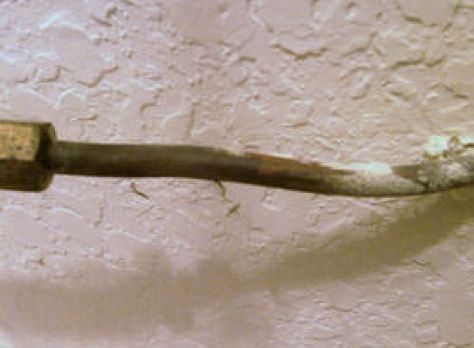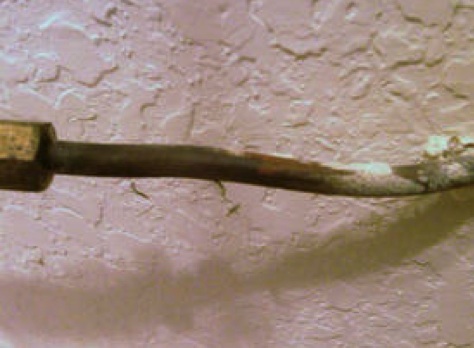
For many homeowners, the legacy of the housing boom that will linger most prominently in their memories won’t necessarily be the housing downturn, the consequences of overborrowing, or the rapaciousness of mortgage originators and Wall Street. It will be stinky, toxic drywall.
Most of this drywall was imported into the U.S. from China between 2001 and 2008. It continues to be a source of concern for many builders as well as homeowners, as it has long been known to off-gas compounds, including hydrogen sulfide, that cause a “rotten egg” odor and corrode copper piping and wiring and other metal fixtures. Even more disturbing, there is compelling evidence that the off-gassed compounds cause serious health problems – breathing problems, headaches, nosebleeds – among occupants of the afflicted homes, especially those in the South, where high humidity accelerates the off-gassing.
A remediation menu
The drywall scandal has precipitated legal action among homeowners, builders, insurers, suppliers, and manufacturers – but it prompted the National Association of Home Builders to form a group it calls the Chinese Drywall Task Force, whose mandate was to develop permanent solutions to the site-specific problems caused by the material. A task force document intended to help builders identify the defective drywall and address the problems it causes, “Imported Problematic Drywall: Identification Strategies and Remediation Guildelines,” was previewed in an NAHB webinar on March 1 and will be released to the public on March 16, the association says.
While NAHB notes that the document isn’t being presented as definitive, or as a list of unalterable requirements, it is based on “scientifically proven technologies, materials, means and methods for remediating drywall in single-family homes, condominiums, apartments and townhomes.”
Among the recommendations in the document: replace all low-voltage, signal, and data wiring; all switches and receptacles; and all smoke, fire, and carbon monoxide alarms and life-safety systems. For high-voltage wiring, the document recommends following the guidance that will be issued by the Federal Interagency Task Force, whose testing of high-voltage wiring under exposure to the corrosive off-gassed compounds is still underway. Results likely will be announced within the next year.
Other recommendations: all drywall in a home with both tainted and untainted drywall should be removed, and once the drywall is removed, the building should be thoroughly clearance tested and aired out before new drywall is installed.
The document is currently accessible to NAHB members at www.nahb.org/drywallguidelines; it will become accessible to the public at that address upon its March 16 release.
Fine Homebuilding Recommended Products
Fine Homebuilding receives a commission for items purchased through links on this site, including Amazon Associates and other affiliate advertising programs.

Reliable Crimp Connectors

Affordable IR Camera

8067 All-Weather Flashing Tape

Hydrogen sulfide and other compounds emitted from defective drywall – much of it imported from China – are blamed for corrosion of copper, including that used for copper pipes, wiring, and evaporator coils.


























